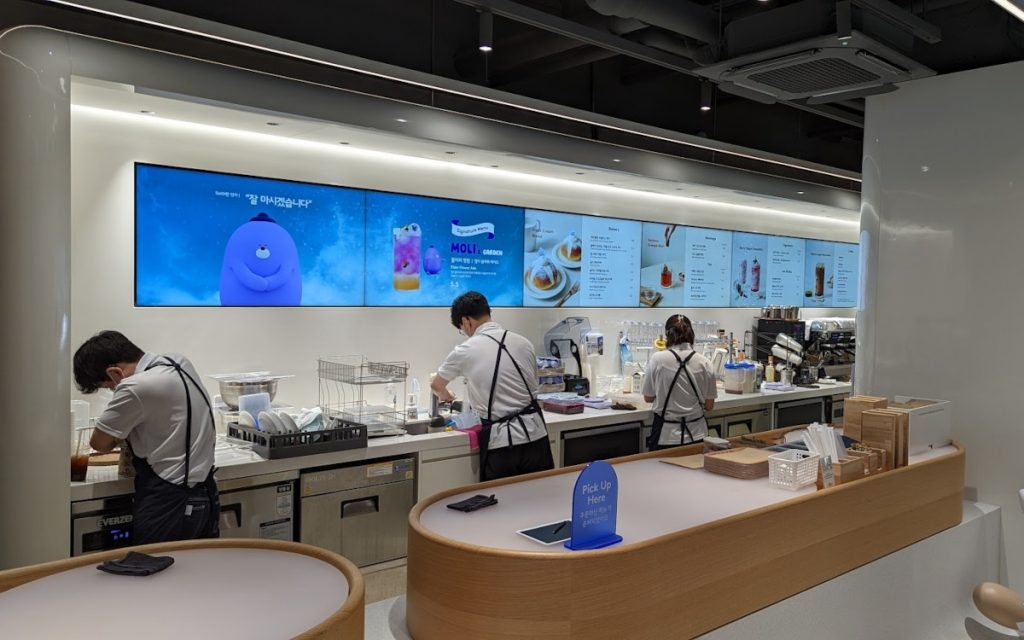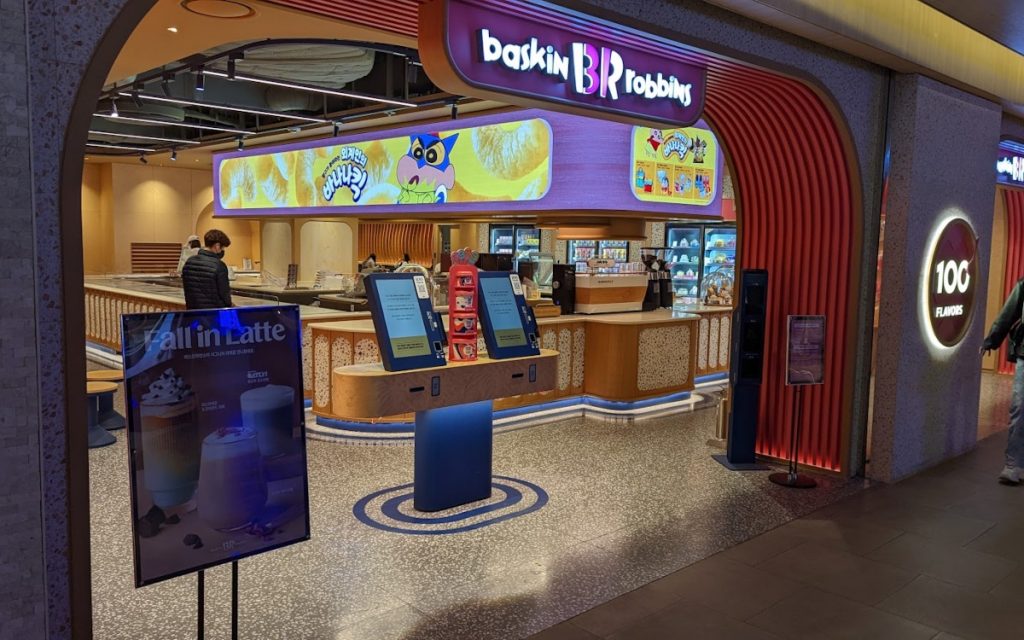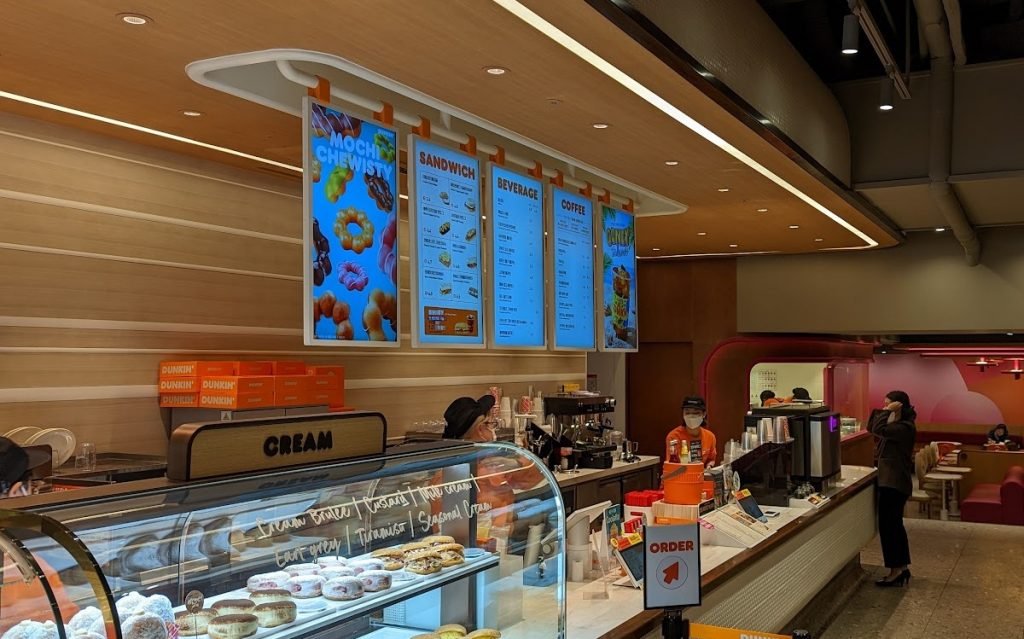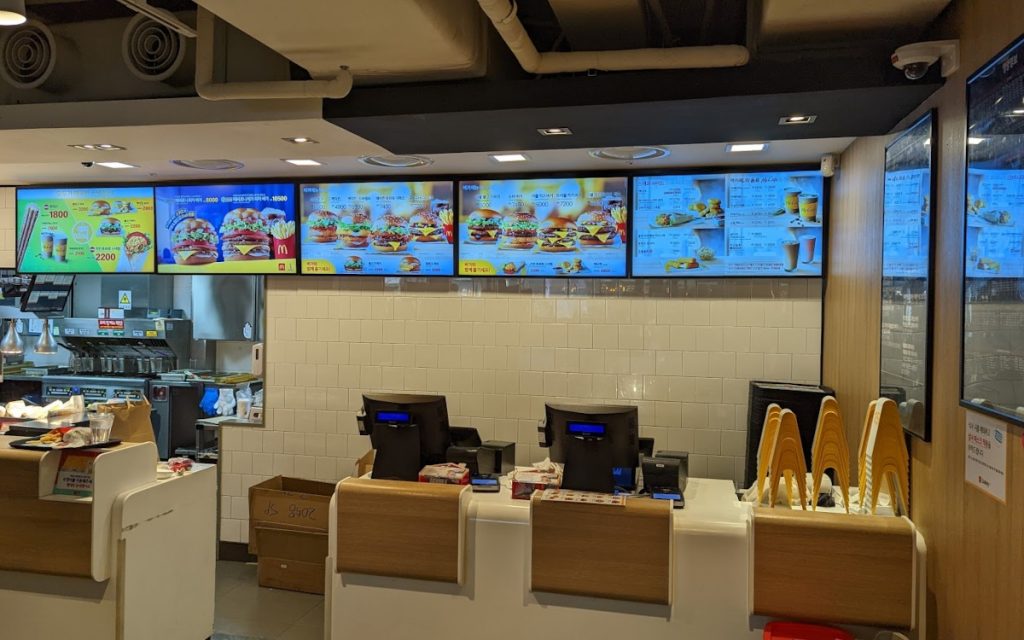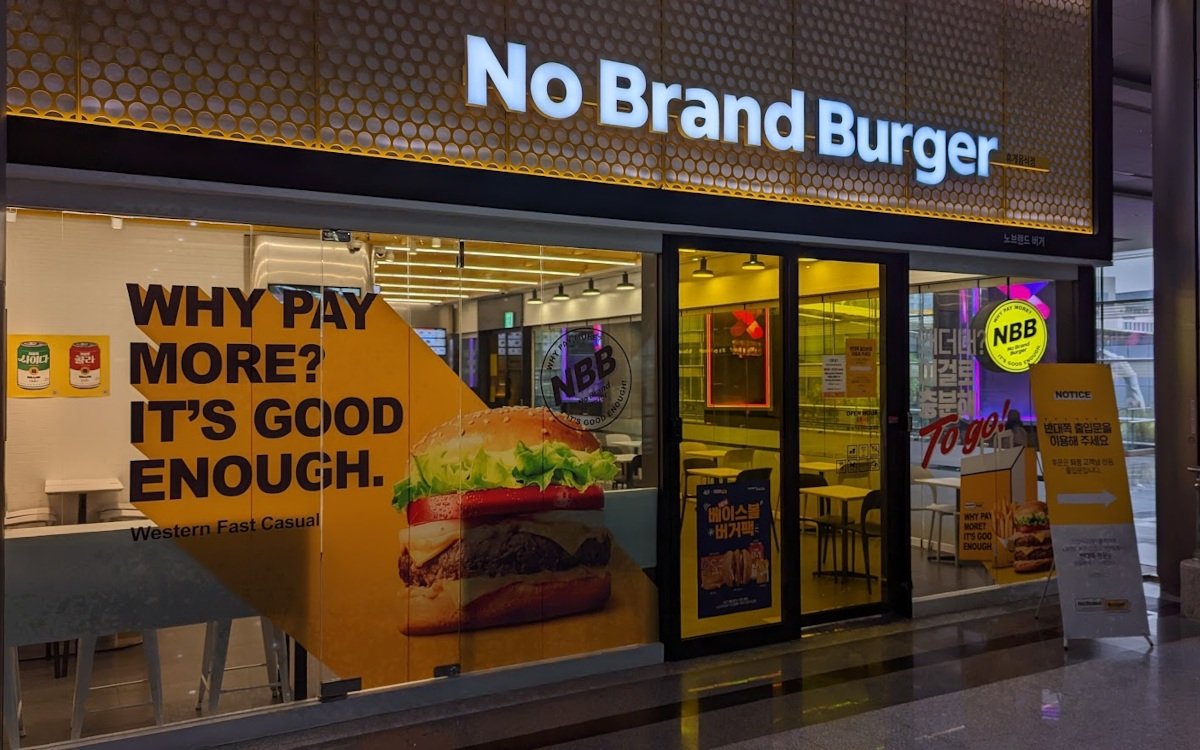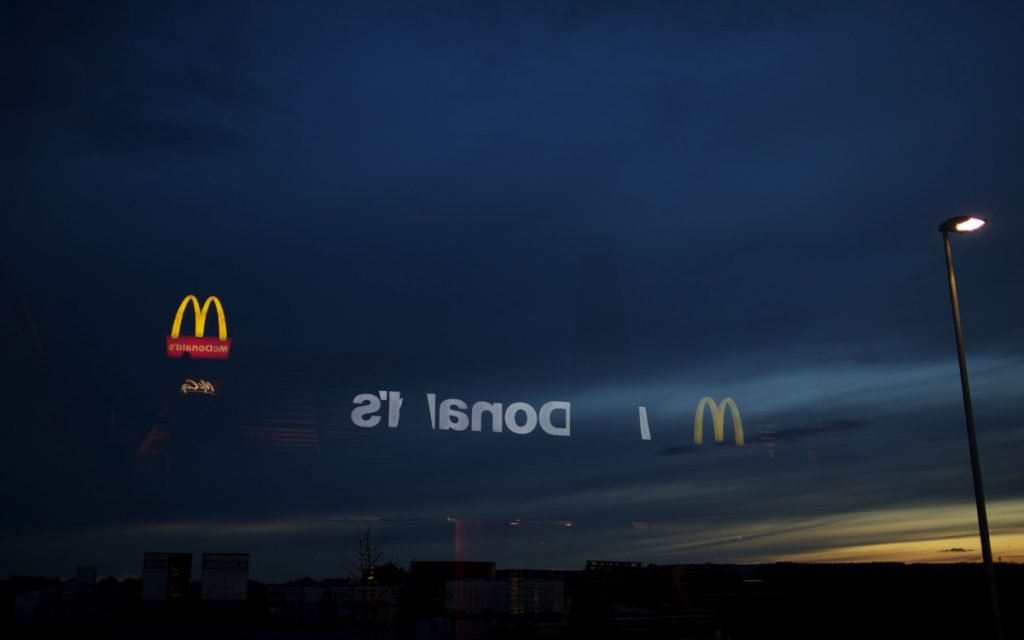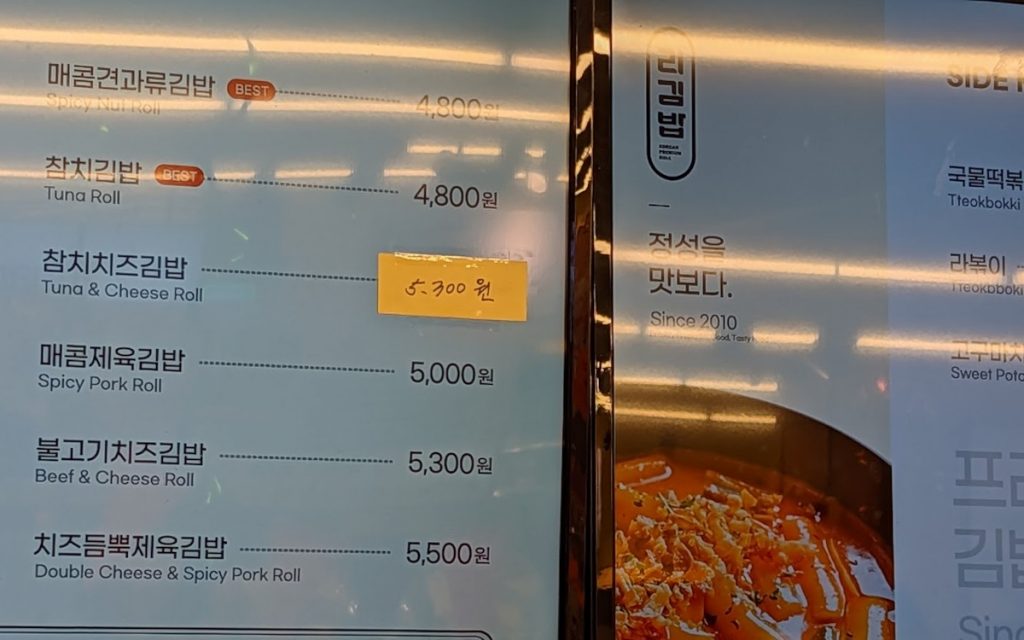Surge pricing – demand-driven dynamic pricing – familiar from Uber & Co. is now also finding its way into quick service restaurants. More and more QSR chains are using the potential of digital signage to adjust prices according to demand. Technically, this is no problem. But whether the guests will accept it remains the question.
With the introduction of digital signage in quick service restaurants (QSR), the focus was on displaying different menu items throughout the day and video content. This was followed by connecting digital signage screens to QSR restaurant management systems in order to hide menu items that are no longer available, depending on live inventory.

Now comes the next stage with dynamic pricing: Like petrol stations or ride services like Uber, American QSR chains start implementing data-based surge pricing. Depending on demand, visitor frequency, weather and many other variable factors, prices for burgers & co. change throughout the day.
As the American invidis partner Sixteen-Nine reports with reference to the trade magazine QSR, tests are currently running at small and large QSR chains in North America. According to one restaurant operator, the goal of dynamic pricing is to „ensure the right price at the right time for each sales channel to optimise a restaurant’s profitability and guest experience.“ Also known as personalised pricing.
Every third QSR restaurant changes prices every hour
According to a Linkedin survey of 274 restaurant operators by the trade magazine QSR, 35 per cent of respondents change prices hourly. About a quarter change them daily, about a sixth weekly and another quarter change prices only monthly.
Dynamic pricing trials are considerably easier in North America, where 80 per cent of diners order in drive-thru and via app. Whether via the number plate or the app, QSR operators recognise their customers through both channels, as well as their preferences and visit frequencies.
Dynamic Pricing in the test
Fast Casual QSR Noodle & Company reports in the trade magazine NRN about its experiences with digital menu boards and dynamic pricing. The company is currently equipping its 368 restaurants with intelligent digital menu boards at a cost of USD 10 million. In the pre-Christmas period, twice as many vouchers were sold with targeted digital signage advertising as in restaurants without. In addition, the restaurant chain now optimises prices and product offerings „more precisely and surgically“ thanks to digital signage menu boards networked with the backend.
